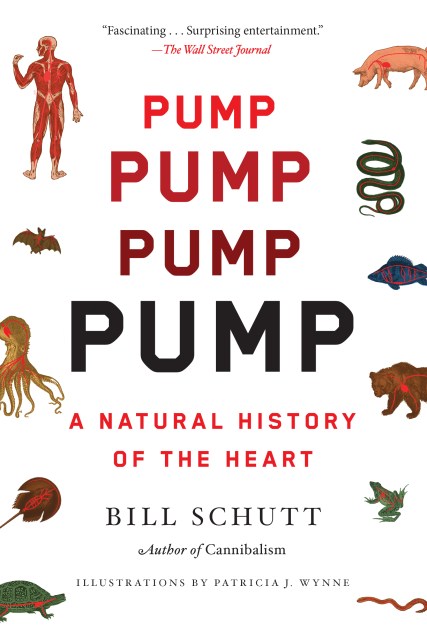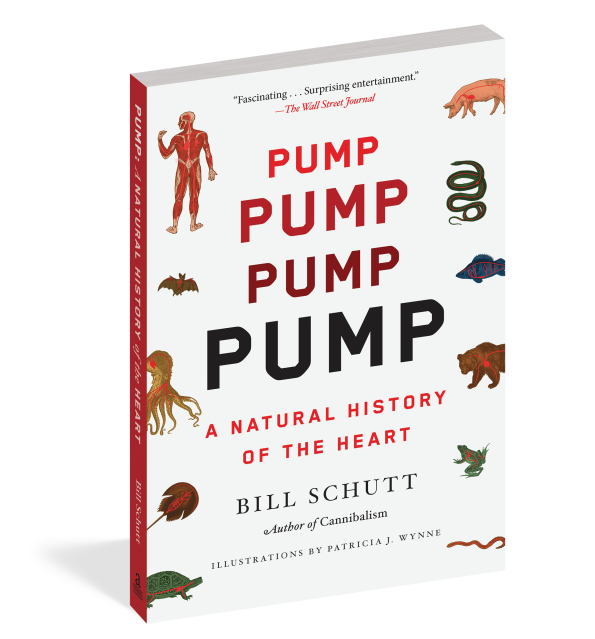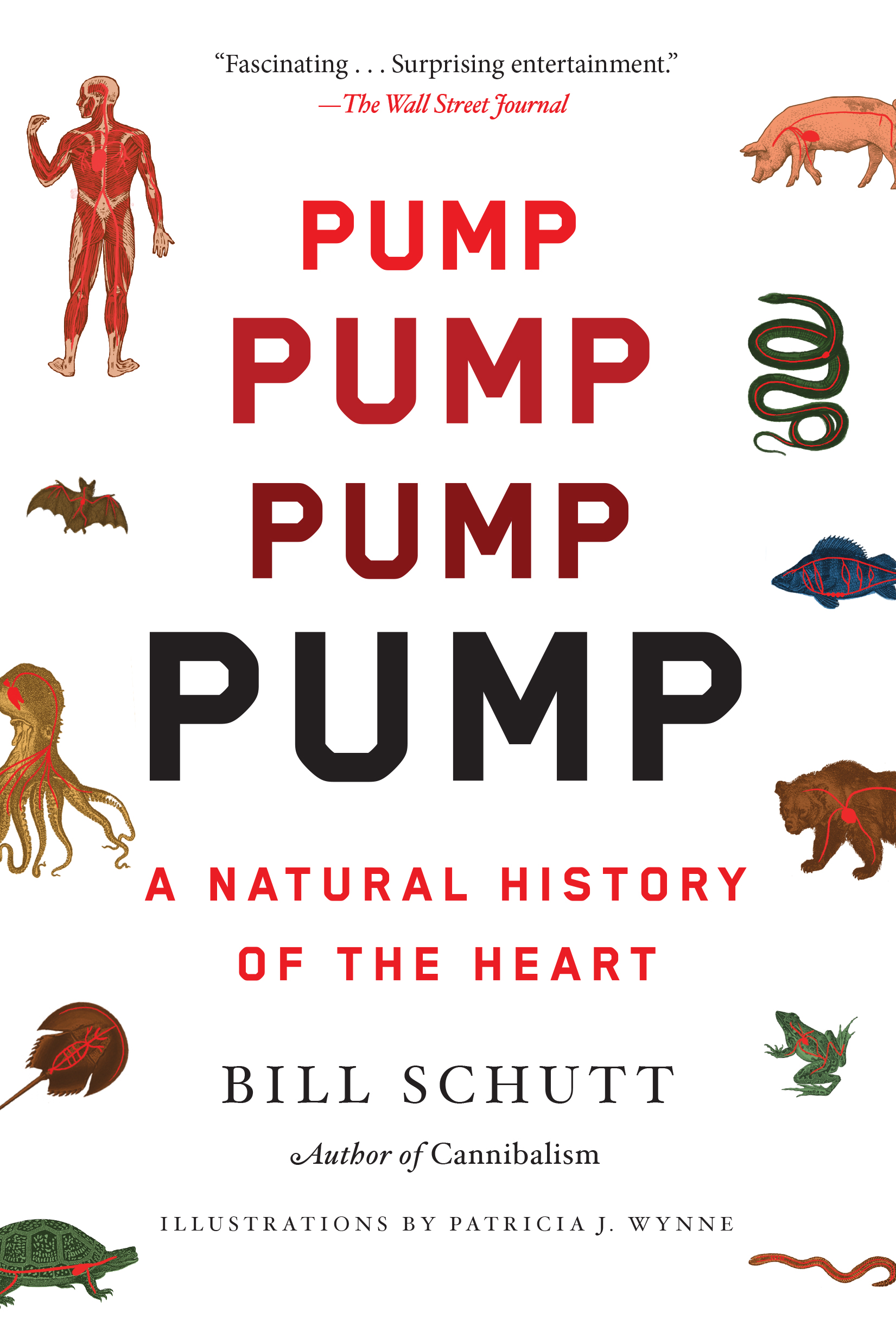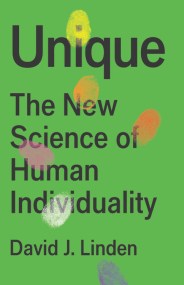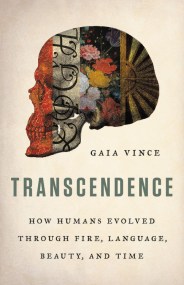Promotion
Use code MOM24 for 20% off site wide + free shipping over $45
Pump
A Natural History of the Heart
Contributors
By Bill Schutt
Formats and Prices
Price
$17.99Price
$22.99 CADFormat
Format:
- Trade Paperback $17.99 $22.99 CAD
- ebook $11.99 $15.99 CAD
- Audiobook Download (Unabridged) $24.99
This item is a preorder. Your payment method will be charged immediately, and the product is expected to ship on or around September 13, 2022. This date is subject to change due to shipping delays beyond our control.
Also available from:
"Fascinating . . . Surprising entertainment, combining deep learning with dad jokes . . . [Schutt] is a natural teacher with an easy way with metaphor.”—The Wall Street Journal
In this lively, unexpected look at the hearts of animals—from fish to bats to humans—American Museum of Natural History zoologist Bill Schutt tells an incredible story of evolution and scientific progress.
We join Schutt on a tour from the origins of circulation, still evident in microorganisms today, to the tiny hardworking pumps of worms, to the golf-cart-size hearts of blue whales. We visit beaches where horseshoe crabs are being harvested for their blood, which has properties that can protect humans from deadly illnesses. We learn that when temperatures plummet, some frog hearts can freeze solid for weeks, resuming their beat only after a spring thaw. And we journey with Schutt through human history, too, as philosophers and scientists hypothesize, often wrongly, about what makes our ticker tick. Schutt traces humanity’s cardiac fascination from the ancient Greeks and Egyptians, who believed that the heart contains the soul, all the way up to modern-day laboratories, where scientists use animal hearts and even plants as the basis for many of today’s cutting-edge therapies.
Written with verve and authority, weaving evolutionary perspectives with cultural history, Pump shows us this mysterious organ in a completely new light.
Genre:
-
"Fascinating . . . Surprising entertainment, combining deep learning with dad jokes . . . [Schutt] is a natural teacher with an easy way with metaphor.”
—The Wall Street Journal
“[A] show-stopping exploration of cardiac biology . . . Informative, playful, and impossible to put down."
—Publishers Weekly, starred review
“This brisk and engaging history of hearts of all forms and sizes packs a punch.”
—Foreword Reviews, starred review
“Pump is a natural history of the heart and the science is fascinating. Schutt is a zoologist, and entertainingly details the evolution of the heart. I especially loved how this book so successfully tells the human story, of how and why we came to regard the heart as something more than a blood-pumping organ. There are cool animals and plenty of song lyrics, tales of medical misadventure and triumph, and even time with one gigantic whale heart. As with all Schutt’s non-fiction, there’s a mix of both humor and the macabre. It is science writing at its finest.”
—Cool Green Science (blog of The Nature Conservancy)
"An easy-to-read and fascinating look into the complexity and wonder of the heart in its many forms."
—Booklist
"Schutt covers a lot of ground here and discusses serious science, but his witty style keeps it readable . . . An engaging, often droll look at the engine of life and the long history of efforts to understand it."
—Library Journal
"Wonderful. Pump is informative and entertaining and the science is impeccable. I highly recommend it."
—Joseph C. Piscatella, author ofDon’t Eat Your Heart Out
“Pump is an absolutely fascinating journey through the human heart by way of our animal kin. It's so packed with cool details, you'll want to read it twice.”
—Jennifer S. Holland, author of the New York Times bestselling Unlikely Friendships series
“Pump takes readers on a fantastic and fascinating voyage of all matters of the heart.”
—Cat Warren, author of What the Dog Knows
“As Bill Schutt delightfully shows us in his new book, hearts have gripping stories to tell about a huge range of topics, from the history of life on our planet to the foibles of humankind.”
—Ian Tattersall, coauthor of The Accidental Homo Sapiens
“Narrating stories from across the animal kingdom, Schutt brings his usual intelligence and humor to this well-curated natural history of the heart and circulatory system. Pump is not your cardiologist’s book on the heart. A rich and entertaining read that will leave you feeling smarter.”
—Darrin Lunde, Author of The Naturalist
“A fine overview of an essential organ.”
—Kirkus Reviews
- On Sale
- Sep 13, 2022
- Page Count
- 288 pages
- Publisher
- Algonquin Books
- ISBN-13
- 9781643753232
Newsletter Signup
By clicking ‘Sign Up,’ I acknowledge that I have read and agree to Hachette Book Group’s Privacy Policy and Terms of Use
